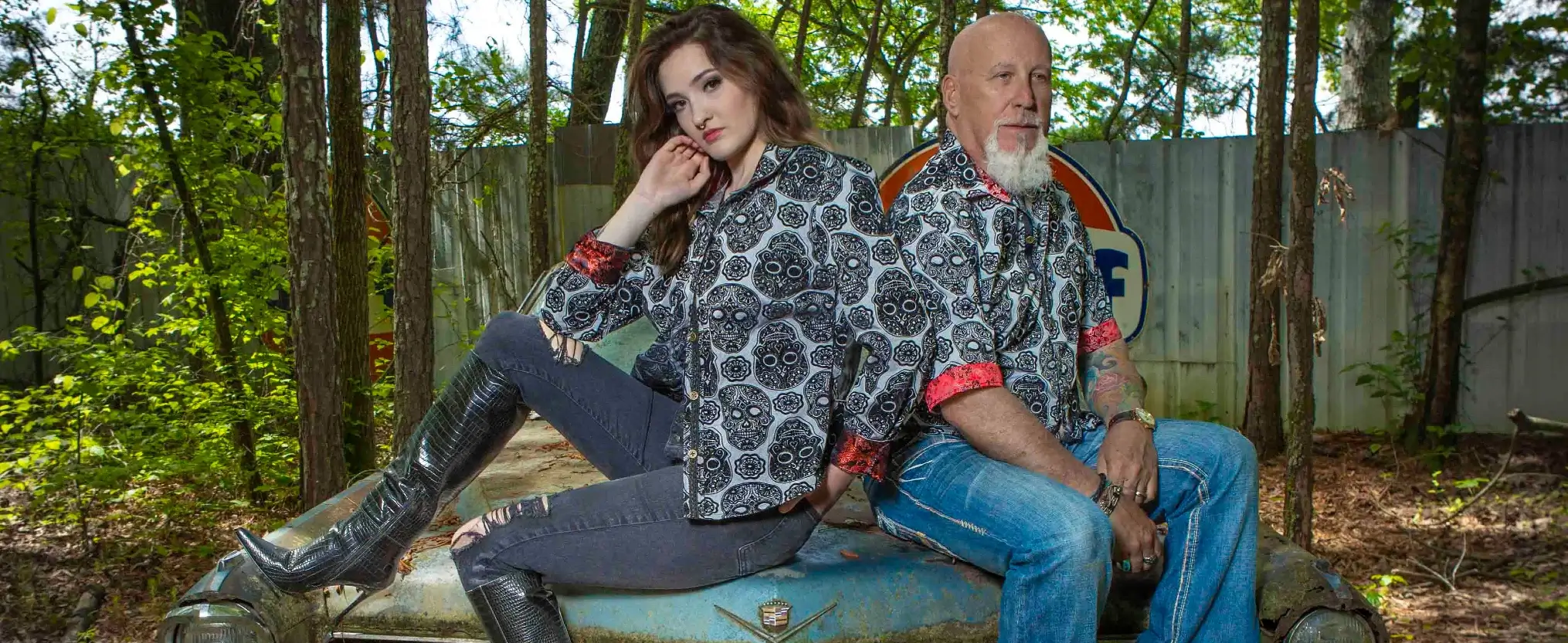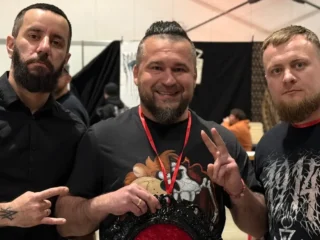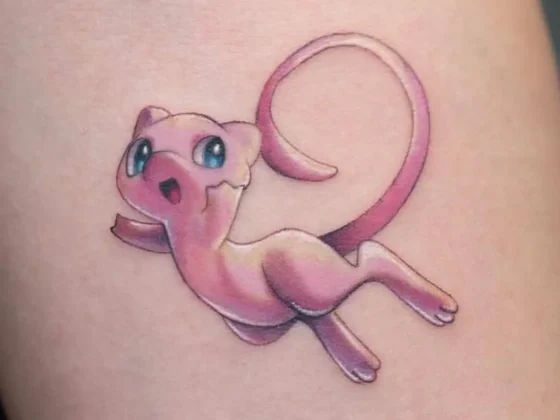Inked Mag Staff
October 3rd, 2014
The Ancient Tattoos of a Siberian Ice Princess
Tattoos are believed to be one of the world’s oldest art forms, though due to the mortality of art on skin, people usually don’t get the chance to see ancient…
Tattoos are believed to be one of the world’s oldest art forms, though due to the mortality of art on skin, people usually don’t get the chance to see ancient ink. Every now and then, however, we are struck with a bit of luck and get a glimpse into this ancient art form’s past by looking at the Siberian Ice Princess.
According to the Siberian Times, in 1993 scientist Natalia Polosmak set out on a Russian archeology excavation in Siberia’s Ukok Plateau. While going through an ancient burial ground Polosmak and her team uncovered the tomb of an unknown girl who was covered in highly well-preserved tattoos. Due to the freezing temperatures of the Altai Mountains that surround the Ukok Plateau and the brief mummification process that occurred before her burial, the girl who has now become known as Princess Ukok was preserved in permafrost for 2,500 years.

Princess Ukok is believed to have been a part of the ancient nomadic Siberian people, the Pazryk, who were known for using tattoos to symbolize age, status, and family. As Princess Ukok was buried alongside six horses and two tattooed warrior men who were also preserved in permafrost, it is thought that she was a significant figure in the Pazryk community. The two warriors who were buried with Princess Ukok were not only more heavily tattooed, but were adorned with tattoos that match the same imagery as found on the girl.
Whereas the warriors have tattoos on their legs, backs and arms, the princess has her shoulders down to her hands tattooed, which technically is one of the earliest sleeves ever recorded in history. Her tattoo imagery consists of a deer with a griffon beak and capricorn antlers on her shoulder, the mouth of a spotted panther with the legs of a sheep on her arm, and a deer head on her hand.

In 2012 Russian scientists released photos of recreations of these ancient tattoos displaying a crisper look at their mythological animal imagery. It is suspected that part of the importance of tattoos in this culture was to take these images to the afterlife so that the dead could more easily find people of the same culture or family.
These tattoos have been recorded as some of the most detailed and complex images ever uncovered on an ancient body. 2,500 years ago, tattoos would have been constructed out of soot and fat that was injected into pierced skin, thus making these full design works even more impressive.

Nowadays, there are disputes between the locals of the lands in the Altai Mountains and the institutions that are studying Princess Ukok. Whereas the locals were against the original unburying of Princess Ukok, as they believe her to be Oochy-Bala guarding the entrance to the after life, they are now asking that she be returned to her original resting place and no longer kept on display. As the request is currently up for debate, only time will tell how much longer these gorgeous ancient works of art will be open for the modern day to see.
Editor's Picks
Bridging Classical Art and Modern Tattooing
Esteban Rodriguez brings the discipline of classical fine art to the living canvas of skin, creating hyper-realistic tattoos that merge technical mastery with emotional depth.
Show Your Ink Fashions Brings Custom Style to Tattoo Culture
Show Your Ink Fashions creates custom shirts designed to showcase your tattoos as wearable art, blending fashion with personal expression.
The Ultimate “Superman” Tattoo Roundup: Just in Time for Superman’s Return to Screens
With Superman’s big return to theaters, fans are revisiting some of the most iconic ink inspired by the Man of Steel.














